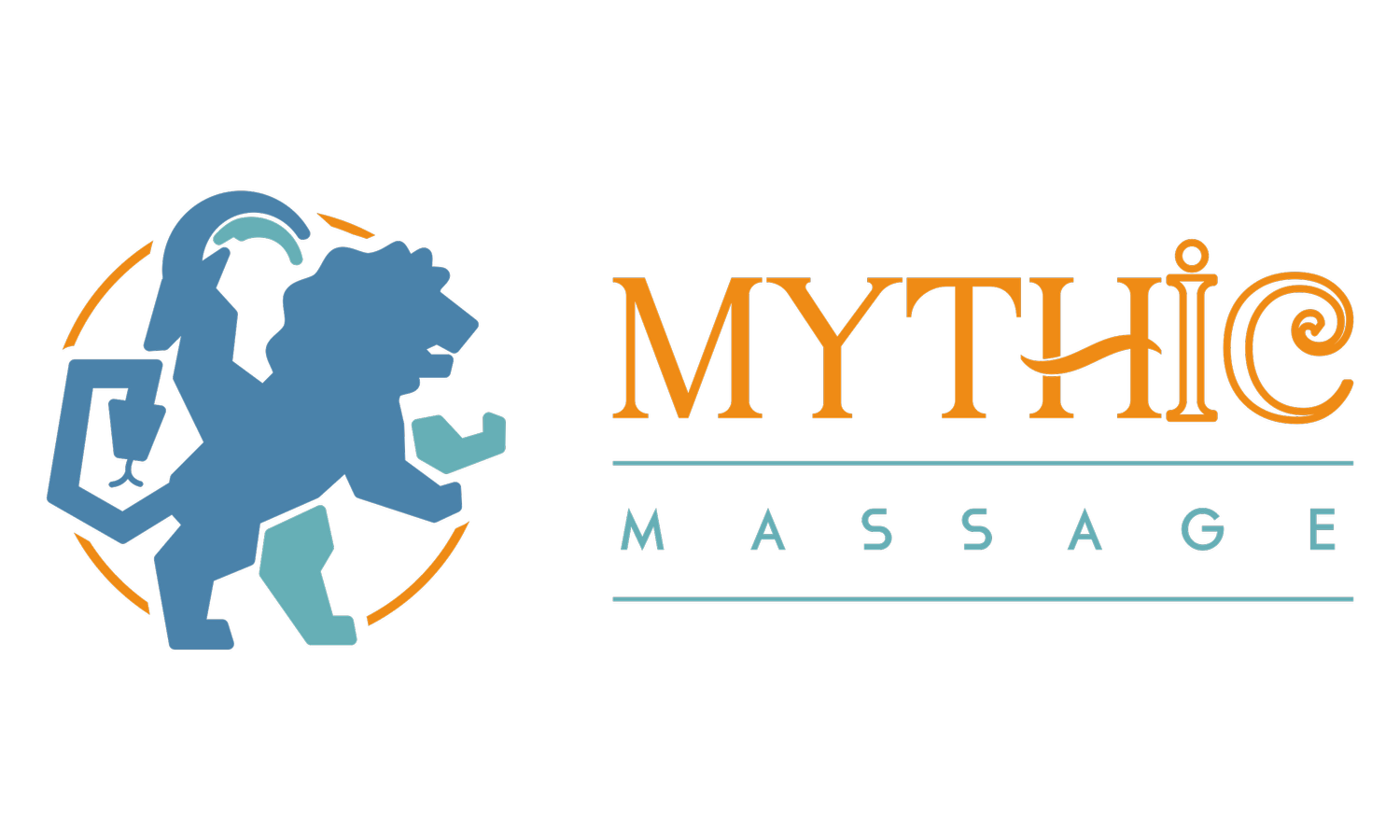De-Stressing with Massage Therapy
With today's high-stress lifestyles and careers, massage therapy is one form of treatment many people are indulging in to help de-stress, relieve tension, or simply get some alone time full of pampering.
In neon cursive, the word "breathe" lies on green foliage.
Massage therapy is a large umbrella that includes several different techniques, including:
Swedish Massage
Deep Tissue Massage
Sports Massage
Chair Massage
Hot Stone Massage
Geriatric Massage
Pregnancy / Prenatal Massage
Infant / Baby Massage
Reflexology
Lymphatic Drainage Massage
Thai Massage
Energy Work
The massage techniques typically used for de-stressing are Swedish, deep tissue, chair and stone.
Let's take a look at each of these ways to de-stress with massage:
Swedish Massage. Swedish massage is also known as the classic massage and was actually invented by a Dutch man. It involves five kinds of touch and is delivered to the soft tissues using the therapists hands, moisturized with massage oil or lotion.
The lotion or oil serves two purposes. It reduces friction between the patient's skin and the therapist's hands and can act as an aromatherapy experience.
Scents often evoke strong associations deeply wired into our brain, so using scented lotions can help you relax and thoroughly enjoy the massage experience. The therapist will often give a choice of scents, so choose one you find the most relaxing and pleasing.
Through kneading, rolling, vibration tapping and percussive movements, your blood will begin to circulate better. This sends more oxygen to your muscles and helps them relax.
Swedish massage will also help hasten healing of injuries, reduce swelling and help dissolve deep scar tissue adhesions.
Deep Tissue Massage. Using many of the traditional massage techniques, deep tissue massage takes it one step further, getting into the deep tissue areas of your body.
Once the skin and muscles are relaxed using classic massage, the therapist goes deeper into the tissues that join your body parts together, the underlying musculature and connective tissue called fascia.
Deep tissue massage is also an excellent remedy for chronic muscular pain, injury rehabilitation, and reduction of pain caused by arthritis and tendonitis.
Chair Massage. Chair massage has fast become a popular way to de-stress while shopping in a mall or traveling by air. Chair massage therapists can also often be found at your local health food store.
A chair massage therapist doesn't usually use oil or lotion, and you're fully clothed during the massage. In addition, the sessions are shorter than traditional massage, usually 20 minutes or less. Chair massage usually focuses pressure only on the head, neck, shoulders, back, and arms.
Chair massage is a great way to get quick relief and de-stress when you don't have time for a traditional massage.
The cost is easy on your wallet, too, usually costing approximately $2 a minute.
Hot Stone Massage. You've probably seen pictures in magazines or on the web of people receiving a stone massage. Smooth, heated, black stones are placed along a person's spine and used as an extension of the therapist's hand in conjunction with traditional massage.
The added benefits of hot stone massage are increased pain relief, improved movement and energy.
Possible Risks of Massage Therapy
Massage is generally safe as long as it's offered by a trained therapist. However, massage isn't the best de-stressing method for everyone, and you should seek the advice of your physician if you have certain conditions, such as:
Burns or open wounds in areas to be massaged
A recent heart attack
Cancer - you'll want to avoid direct pressure on the tumor area
Deep vein thrombosis
Unhealed fractures
Rheumatoid arthritis in the area to be massaged
Severe osteoporosis
Some other risks may include internal bleeding, nerve damage or temporary paralysis if the massage is done improperly. Make certain the therapist you choose is licensed and has the proper training.
What to Expect During a Massage
Questions & Concerns. Your therapist should ask you about any health concerns, why you're seeking a massage, and if there are any medical conditions that they should be aware of.
Clothing. Expect to disrobe, unless you're receiving a chair massage. Most likely, you'll be expected to remove most of your clothing and given a robe to wear during the massage.
Positioning. Most massages require that you lie down during your massage and roll over from front to back or vice versa. You'll also experience hands-on touching, but it should never be inappropriate.
Allergens. Oils and lotions that contain scent are typically used during massage. If you're allergic to certain scents, oils, or lotions, ask your therapist for an alternative.
Pain. You should never feel more pain than temporary discomfort often experienced while the therapist works out a knot or on a sore muscle area.
***** If you're experiencing pain greater than temporary discomfort, tell your therapist right away.
Benefits of Massage
Massage can relieve tension in your muscles, help you relax, relieve stress and anxiety, and reduce muscle soreness. Massage is also known for releasing natural painkillers in your body, and it may even boost your immune system.
Before making an appointment for a massage, consider the possible risks and talk to your physician. This will help ensure your safety and make your massage a rewarding one.

